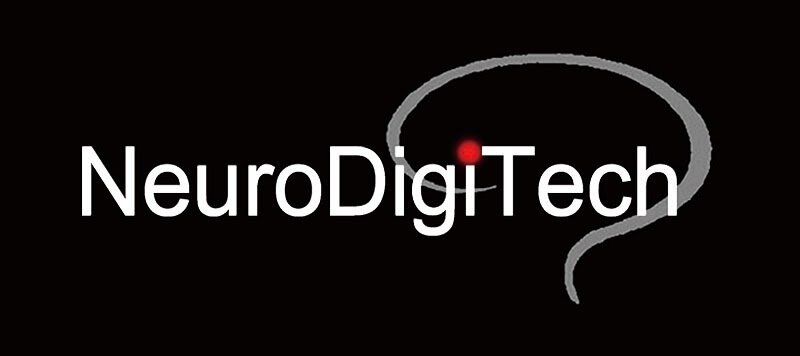NDT106 FD Rapid TimmStain™ Kit
Price: $766.00 (For 300 sections)
Timm’s sulphide silver method has been considered a very sensitive technique for demonstrating metal ions, in particular zinc in the central nervous system. The principle of this technique is that metals in the tissue can be transformed histochemically into metal sulphide. Subsequently, metal sulphide catalyzes the reduction of silver ions by a reducing agent to metallic grains that are visible under a light or electron microscope (for review, cf. ref. 1). Studies using this technique have provided a better understanding of not only the localization and distribution of zinc but also its possible function in the brain1. Nevertheless, the reliability and complexity of Timm's sulphide silver stains often act as a limiting factor to its widespread applications for the studies of neurodegenerative diseases.
FD Rapid TimmStain Kit™ is designed based on the methods described by Haug1 and Sloviter2. The reagents and procedure of the FD Rapid TimmStain Kit™ have been optimized to achieve a high degree of both specificity and sensitivity for the demonstration of metal ions, especially zinc in the brains of experimental animals. The kit can be used with both frozen and paraffin sections. Moreover, the Timm-stained sections can be counterstained with nuclear stains, such as Nissl to visualize more details of seizure-induced morphological alterations (see below).
The seizure-induced morphological changes of the mouse dentate gyrus, countered stained by NDT106 Rapid TimmStain kit and Nissl.
High magnification of the (inner) molecular layer of the dentate gyrus of seizured brain.
Key Contents:
Part 1 (stored at 4°C):
Perfisate A (500 ml)
Perfisate B (500 ml)
Part 2 (stored at -20°C):
Solution A (220 ml)
Solution B (200 ml)
Solution C (200 ml)
Solution D (3 ml)
Plastic forcepts & User Manual (1 of each)
Materials Required, but Not Included:
Double distilled or deionized water
10% neutral buffered formalin
0.1 M phosphate buffer (pH7.4)
Histological supplies and equipment: Microscopic slides, coverslips, staining jars, xylene or xylene substitutes, resinous mounting medium (e.g. Permount™) and a light microscope
References:.
Haug F-M S (1973) Heavy metals in the brain: a light microscope study of the rat with Timm’s sulphide silver method. Methodological considerations and cytological and regional staining patterns. Springer-Verlag Berlin Heidelberg New York.
Sloviter RS (1982) A simplified Timm stain procedure compatible with formaldehyde fixation and routine paraffin embedding of rat brain. Brain Research Bulletin 8:771-774.
Terms and Conditions
For quality assurance of our service, it is recommended that you discuss with us for preferred perfusion protocol and histology and/or immunolabeling protocols.
It is suggested that you use Gel-coated microscopic slides for tissue mounting and 0.17um-thick coverslips.
A 15% of the fee will be due upon authorization of the study; and the remaining fee will be due upon delivery of study results.
Progress of the service is contingent upon staining quality of tissues, operated by the independent contractor.
Should early termination occur, Neurodigitech will prorate the cost incurred and invoice the Sponsor. The first portion of the fee is non-refundable.



